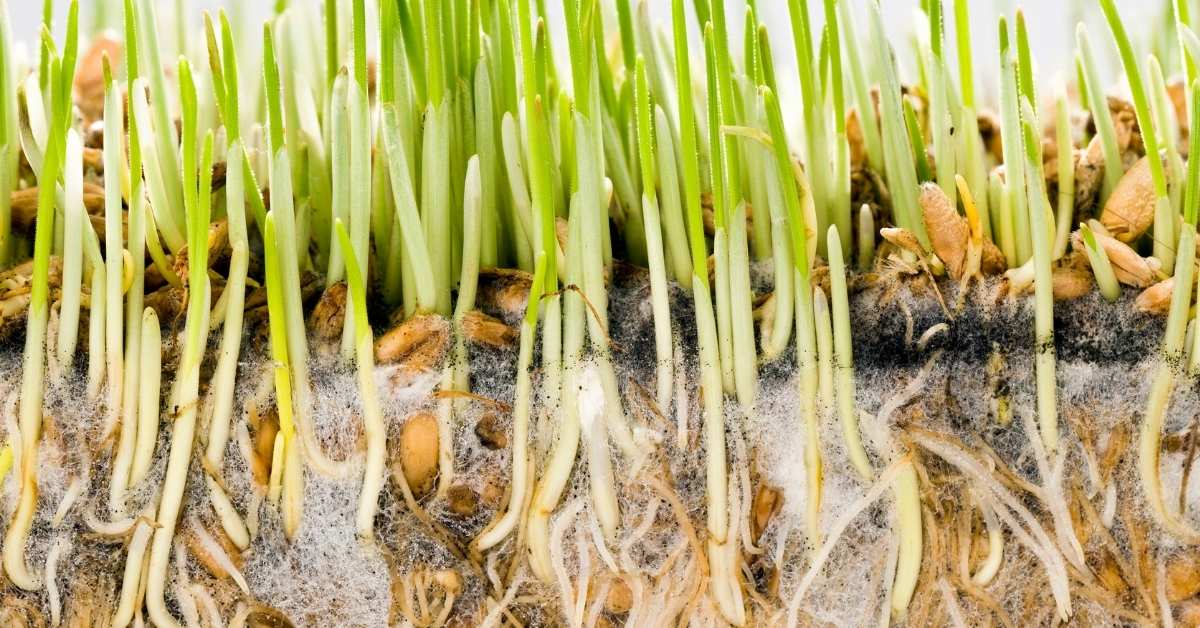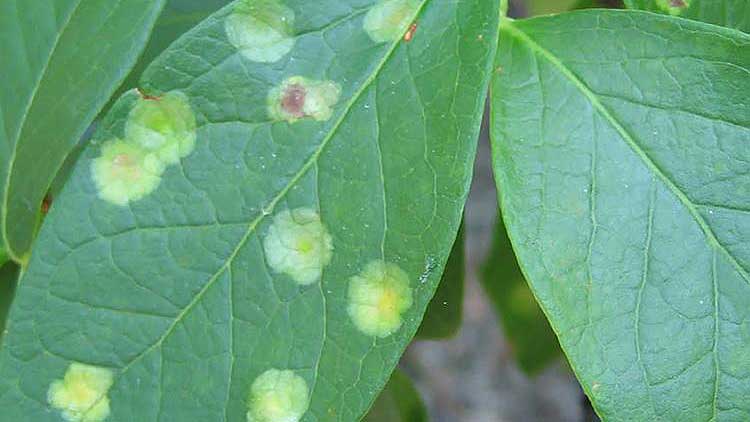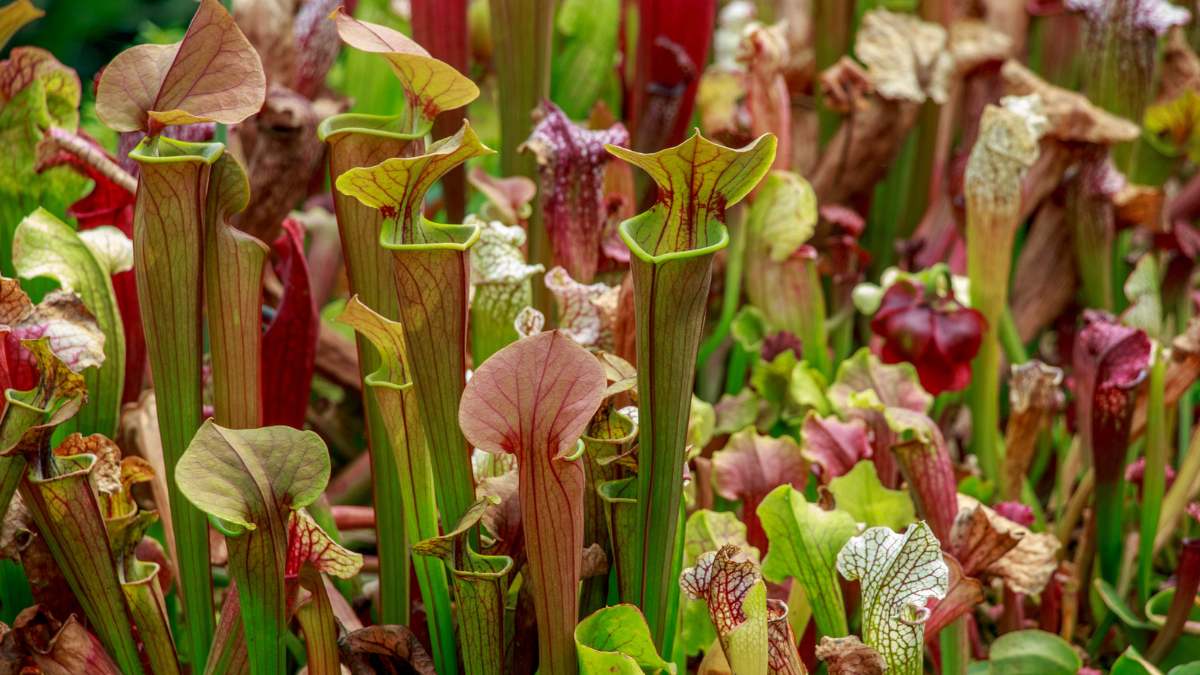To conserve energy, some growers have gone to split-night temperature control. This is done by reducing the air temperature for part of the night and using root-zone heating for the entire night. Most growers use root zone heating entirely for the germination and seedling stage.
According to one authority, plants put on most of their growth during the first four hours of the night. Therefore split-night temperature control is an idea for us to consider.
What is the required temperature for greenhouses during the night?
An example of split-night temperature control would be to keep the air temperature at 60 degrees F for 4-6 hours and 45 degrees F during the remaining night hours. Keep the root-zone temperature at 60 degrees F all night.
Combining root-zone heating with split-night temperature control still needs some research to become more acceptable. Those with space and time may want to experiment with this idea.
Remember that air temperatures below 45 degrees F cannot be offset by root-zone heating!

Plants will slow down in growth below 45 degrees F. Some growers may rely too much on root-zone heating, especially during the winter months. As we have seen, this reliance will not stand up when the air temperature is too low. You can’t keep on raising root-zone heating without cooking the plants! So perimeter heating will be needed to help raise the air temperature.
Since a greenhouse is necessarily structured to be a very inefficient unit to heat and since energy costs are still one of our highest costs of doing business, a system for heating that has long been out of date is coming back into favor again.
This is heating with hot water, which entails a boiler or heater with valves, headers, auto vents, pumps, and necessary piping and hosing. Hot water heating still remains our most efficient heat source. Hot water heating is expensive to install compared to other systems. But maintenance is much lower, and the system will last a lot longer than others.
You might want to see that: Beginners Guide To Growing Truffle In 10 Steps And Make A Significant Profit!
Hot water systems for greenhouse
When purchasing a hot water system, you must first check what local, and most likely available fuel is at hand. Then plan your boiler operation to accommodate that fuel. One authority suggests that if you have a large area to heat, such as several greenhouses, you should have several boilers or heaters. Just in case one goes out on a cold winter night.
Hot water heating has other advantages. You can create several mini-climates throughout the greenhouse, and you heat the specific areas you want to be heated. It is not required to heat the whole greenhouse at the same time. And you don’t need to heat non-productive areas.
You can save up to 60% on energy costs as compared to other heating systems. But like any additional equipment investment, the decision to use hot water heating is one that requires careful study and a supplier who knows exactly what he’s doing. The system must be adapted to your current as well as your future needs.
You might want to see that: Pennisetum setaceum Rubrum | Purple Fountain Grass
Here are some further thoughts on root zone heating:
1. Part of efficient heat delivery will include using Foylon for root zone heating for greenhouse crops. When placed beneath the root-zone heating equipment, this material will reflect any heat upward into the root and plant regions and save a lot on energy costs.
2. Thermal blankets are sometimes used in conjunction with root-zone heating. The blankets are hung directly above the plant canopies to trap the root-zone heat and make a small artificial atmosphere around the plants.
3. Root-zone heating should be kept at 100 BTUs per square foot. Any other temperature increases will have to be dealt with through perimeter heating.
You might want to see that: Black Spot Fungus on Roses | How to Detect and Cure?


